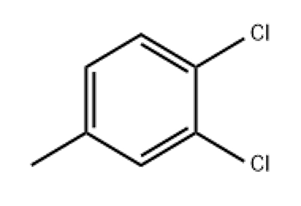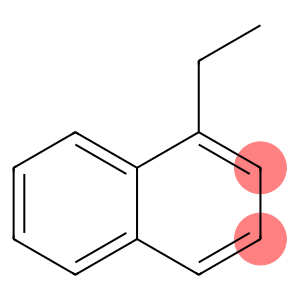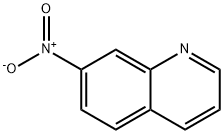1H-pyrrolo[2,3-b]pyridin-5-ol(CAS#98549-88-3)
| Risk Codes | 22 – Harmful if swallowed |
| Safety Description | 24/25 – Avoid contact with skin and eyes. |
| WGK Germany | 3 |
| HS Code | 29339900 |
| Hazard Class | IRRITANT |
Uses and synthesis methods
5-Hydroxy-7-azaindole (5-hydroxy-7-azaindole) is a nitrogen-containing organic compound with a wide range of uses and important research value. The following is an introduction to the uses and synthesis methods of 5-hydroxy-7-azaindole:
Use:
Good antioxidant properties: 5-hydroxy-7-azaindole has good antioxidant properties, which can inhibit the generation and oxidation reaction of free radicals, and has potential application value for the prevention of oxidative damage.
Optoelectronic materials: 5-hydroxy-7-azaindole and its derivatives also show potential application prospects in the field of optoelectronic materials. Its molecular structure contains two ring structures, indole and imidazole, which can provide good optoelectronic properties and can be used for the preparation and application of optoelectronic devices.
Synthesis Method:
A common synthesis method is the introduction of a nitrogen atom into the indole molecule and then a hydroxyl functional group into the molecule by a chemical reaction. Common synthesis methods include the following:
Nucleophilic substitution reaction: One of the ways to introduce a nitrogen atom on an indole molecule is through a nucleophilic substitution reaction. Nucleophiles such as cyano, amine, or formamide can be used to react with indole to introduce nitrogen atoms.
Oxidation reaction: One of the ways to introduce hydroxyl functional groups in an indole molecule is through oxidation reactions. Commonly used oxidants include sodium hydroxide, hydrogen peroxide, etc.
Reaction selective regulation: In synthesis, it is necessary to adjust the reaction conditions and reaction system, and selectively introduce hydroxyl functional groups. This can be achieved by adjusting factors such as reaction temperature, catalyst, reaction solvent, etc.


![1H-pyrrolo[2,3-b]pyridin-5-ol(CAS#98549-88-3) Featured Image](https://www.xinchem.com/uploads/pyrrolo.gif)





